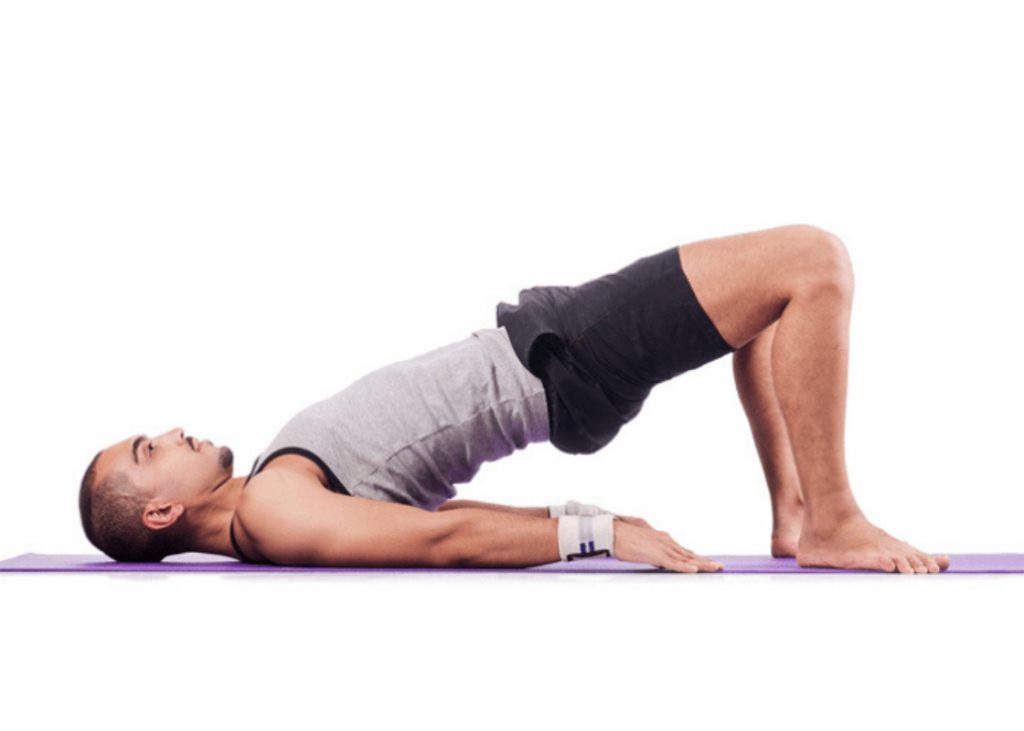Pelvic Floor Exercises: The pelvic floor muscles are a series of muscle layers that run from the pubic bone in the front to the bottom of the backbone, a great deal like a hammock coccyx. The anus (back channel) and the urethra (bladder outlet). There are three openings in a women’s pelvic floor: the anus (backchannel), the vaginal entrance, and the vaginal opening. (the urethra) and the birth canal (bladder outlet). All of these openings are supported by the pelvic floor muscles, but if they are weaker or in poor condition, they will be unable to do so efficiently. When a muscle is not used, it weakens due to lack of usage. The muscles of the pelvic floor are no exclusion.
Table of Contents
Pelvic Floor Exercises Are Beneficial For Whom?
People with faecal incontinence or bowel leakage may benefit from sphincter and pelvic floor muscle strengthening exercises. These exercises may assist improve bowel control by strengthening the sphincter and pelvic floor muscles. Before you begin these activities, please consult with your healthcare provider to determine whether they benefit you.
Pelvic floor exercises (also known as kegel exercises) can assist both men and women gain better control over their bowel activities. These exercises are also beneficial to men and women who have issues with bladder control.
What Causes Weakness In The Pelvic Floor?
Like other muscles, the pelvic floor muscles can be damaged, and a long history of constipation can weaken them. They might also be cut as a result of pelvic surgery. The pressure and straining required in delivery is the most prevalent cause of injury to the pelvic floor in women; big infants and the use of forceps can exacerbate this damage. Further injury can be cause by muscular tearing or episiotomies (cutting the muscle to make delivery more accessible). In both men and women, a lengthy history of constipation can weaken the pelvic floor muscles.
The lower bowel can prolapse into the anal canal in particular men, affecting bowel control. Prolapse of one or more pelvic floor organs, such as the bladder, womb, or intestine, can occur in women with weak pelvic floor muscles. When these organs are not properly maintain, they push on the vaginal walls, causing a prolapse. A bulging or heavy dragging sensation in the vaginal canal, as well as pain or discomfort during intercourse, are all signs of prolapse.
How to Do Them Exercises for the Pelvic Floor
With your legs slightly apart, sit, stand, or sleep in a comfortable posture. It would help if you first located the proper muscles. Tighten and draw up the muscle that surrounds your backchannel as though you’re attempting to keep yourself from passing wind. It is the rear section of the pelvic floor, and you should feel it move.
Now pretend you’re going to pass water, and you’re trying to stop the pee from flowing. The front sections of the pelvic floor are the muscles you contract while you’re trying to cease passing water. Slowly tense and draw up the pelvic floor muscles as far as you can from the rear to the front as hard as you can. Hold the pressure for as long as you can (up to 10 seconds), then let go. Before attempting another pull-up, take 3 or 4 seconds to relax. Start with five repetitions and progressively increase the number (up to 8-12 times).
Pull the muscles up fast and firmly, then instantly relax them. Pull-ups should be done quickly. Begin with five repetitions and progressively increase the number of repetitions (up to 10 times).
You may aim to hold each pull-up for a bit longer each time you complete a series of slow pull-ups. And strive to accomplish more each time you meet a set of rapid pull-ups.
REPEAT
Three times each day, you should work out your pelvic floor. You should be able to perform the exercises in any posture without anybody knowing once you’ve identified the proper muscles and perfected them. You may attempt to make it a habit to perform the activities every time you do something else that you do regularly, such as every time you do something else that you do periodically; every time you do something else that you do regularly every time you brush your teeth or operate at the kitchen sink
However, you will need to focus entirely on these exercises, especially when you begin to execute them correctly, so try to set aside some quiet time to practice them; they don’t take long!
Also Read: WHAT IS THE SECRET TO LOSING BELLY FAT?
How Long Should You Do These Exercises?
It is in your best interest to keep your pelvic floor muscles in good form, just like any other group of muscles. Therefore everyone should exercise them from infancy to old age.
Don’t be upset if you don’t see benefits after a month or two of exercise if you already have symptoms that a weak pelvic floor could cause – it’s a long process that demands patience and perseverance. To ensure you’re completing the exercises correctly, speak with a qualified continence consultant or a continence physiotherapist. They may also recommend extra workouts, exercise equipment, or muscle stimulation to help speed up the process.
Things to Keep in Mind
- Regularly do pelvic floor muscle workouts to strengthen the muscles.
- While completing your workouts, try to breathe naturally and avoid clenching your buttocks, leg, and upper belly muscles.
- If your muscles start to hurt, it’s time to stop exercising. Pause for a moment.
- Don’t give up hope. Carry on with the exercises.
- You are free to print these Pelvic Floor Exercises guidelines to help you remember to do them regularly.
Also Read: The 6 Best Natural Remedies to Lose Weight and Reduce Fat
